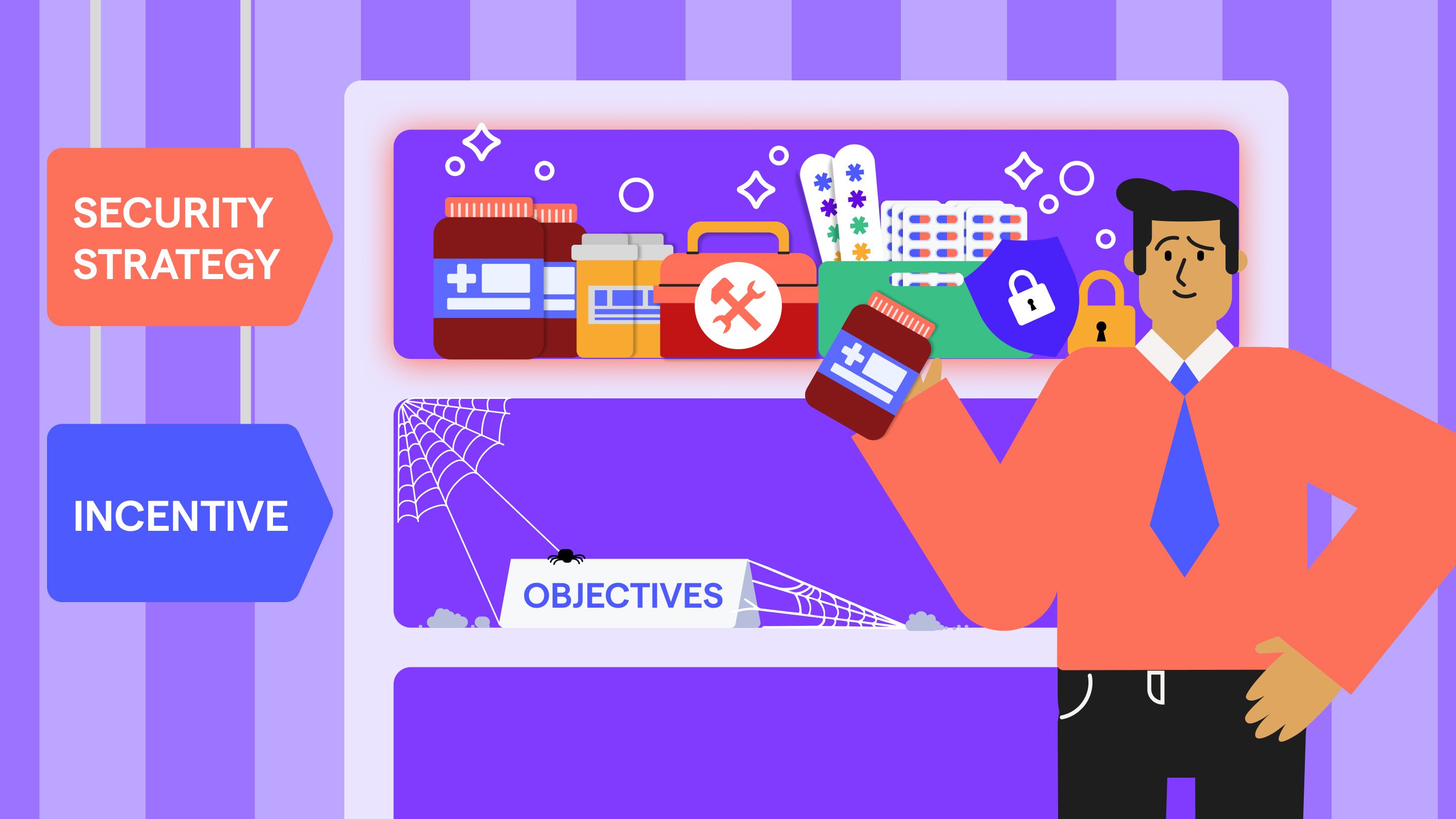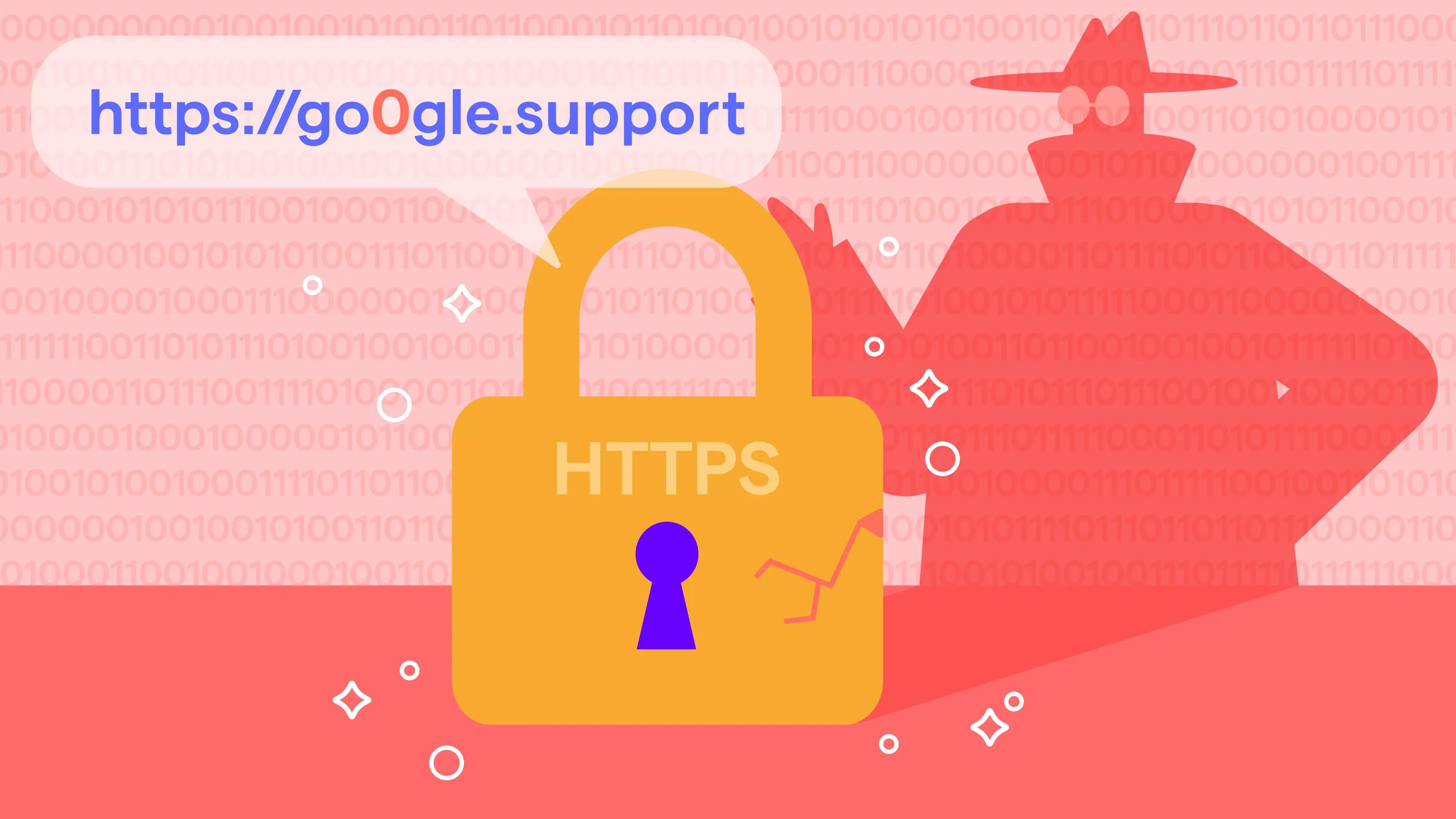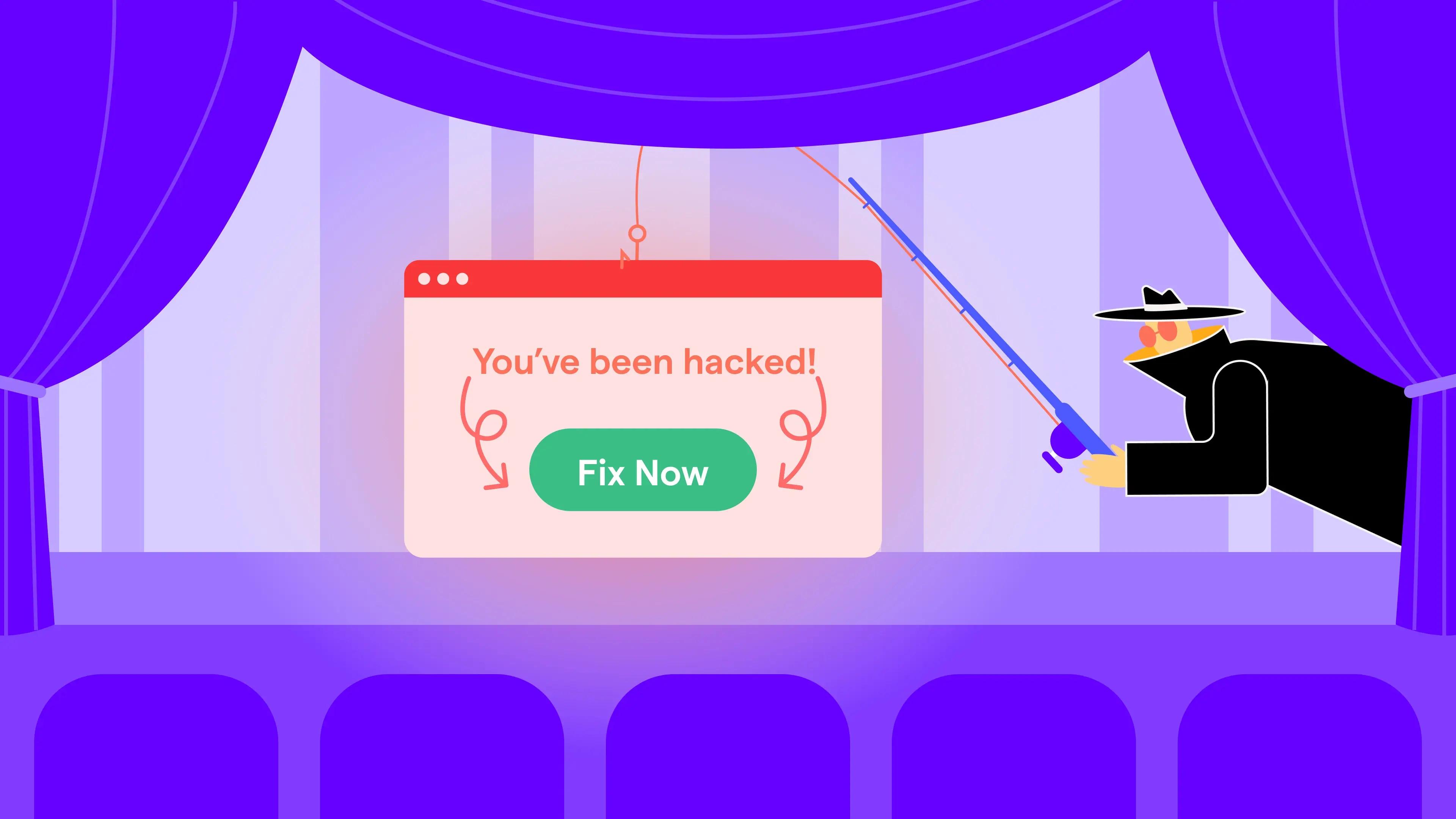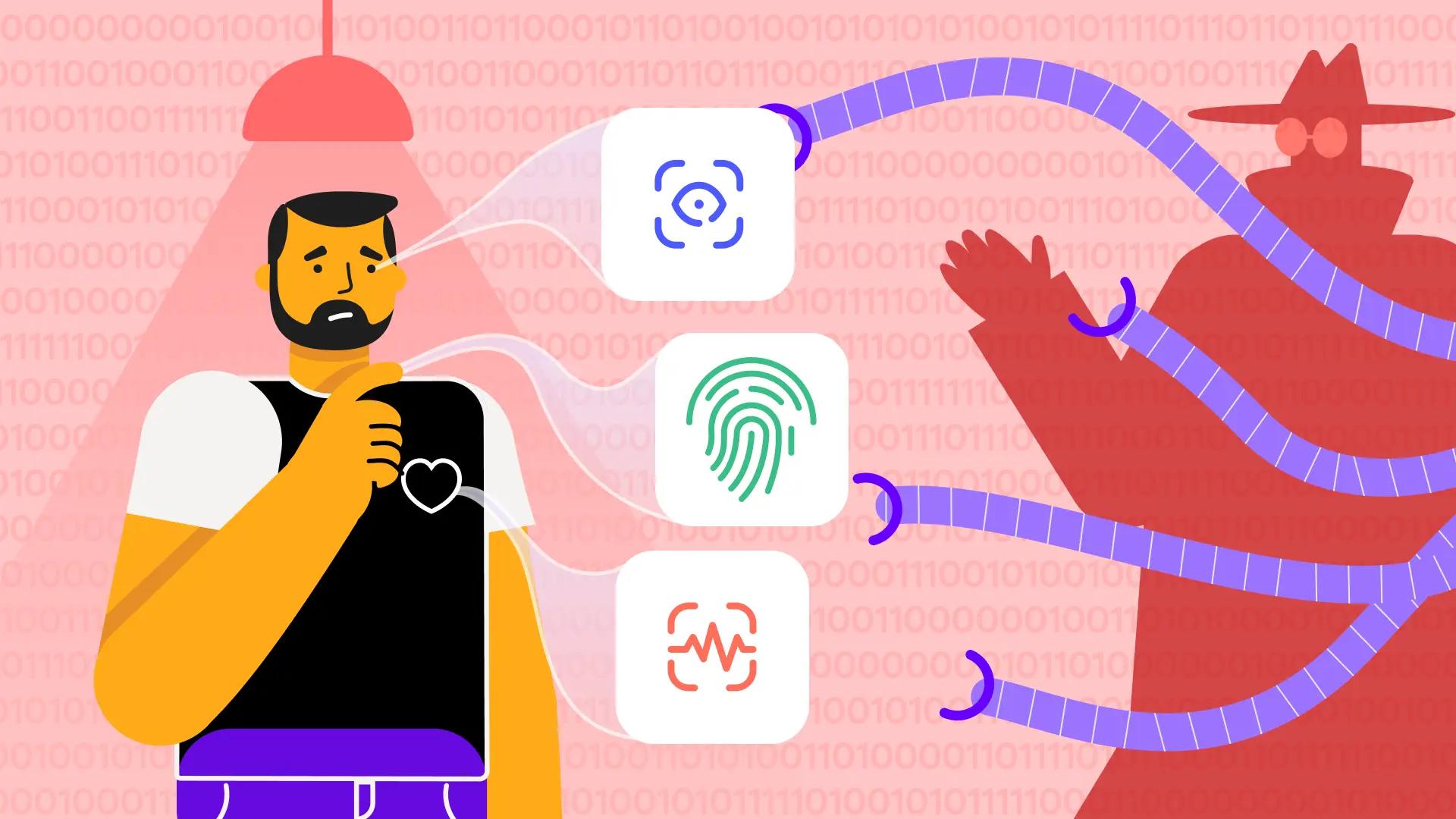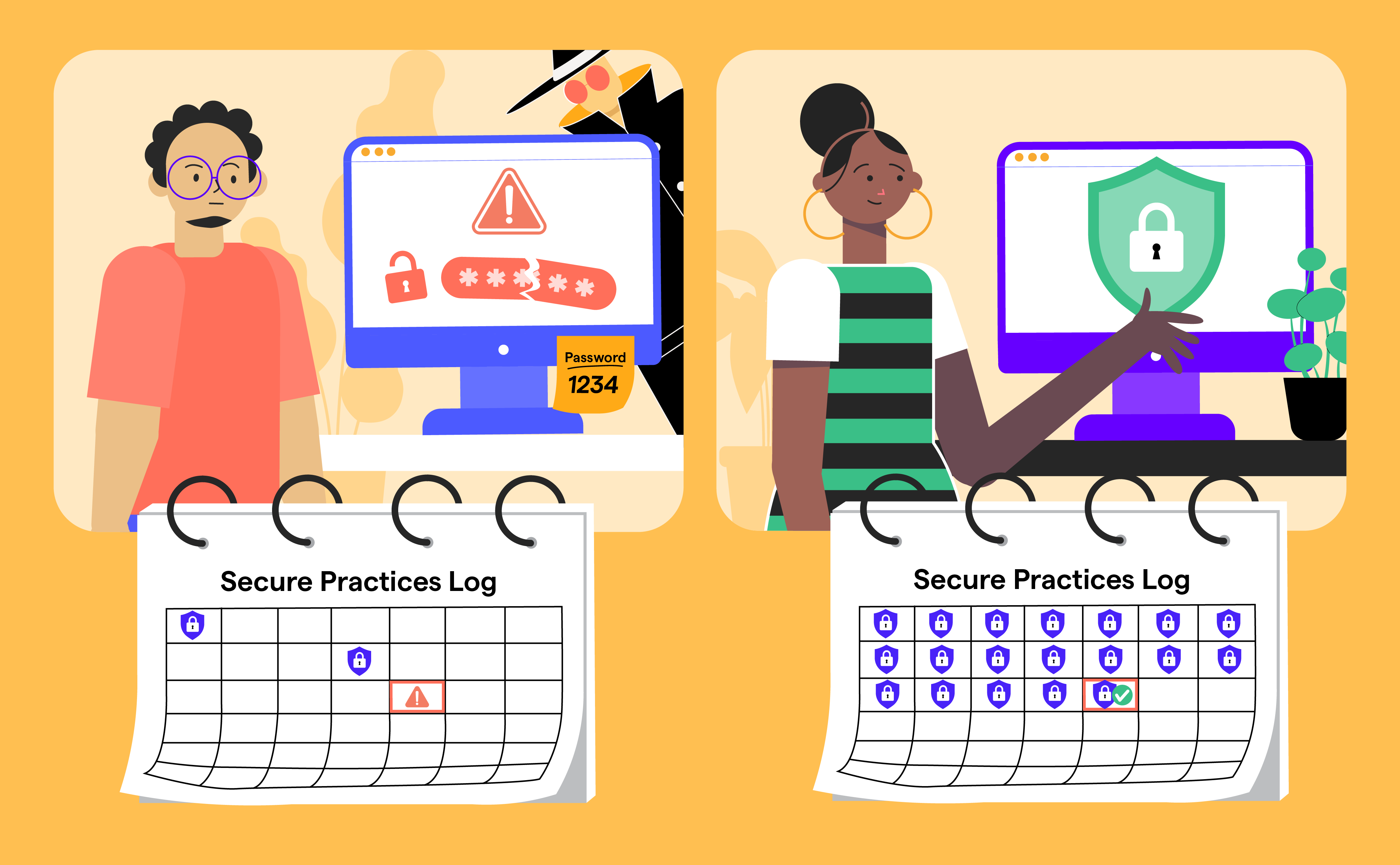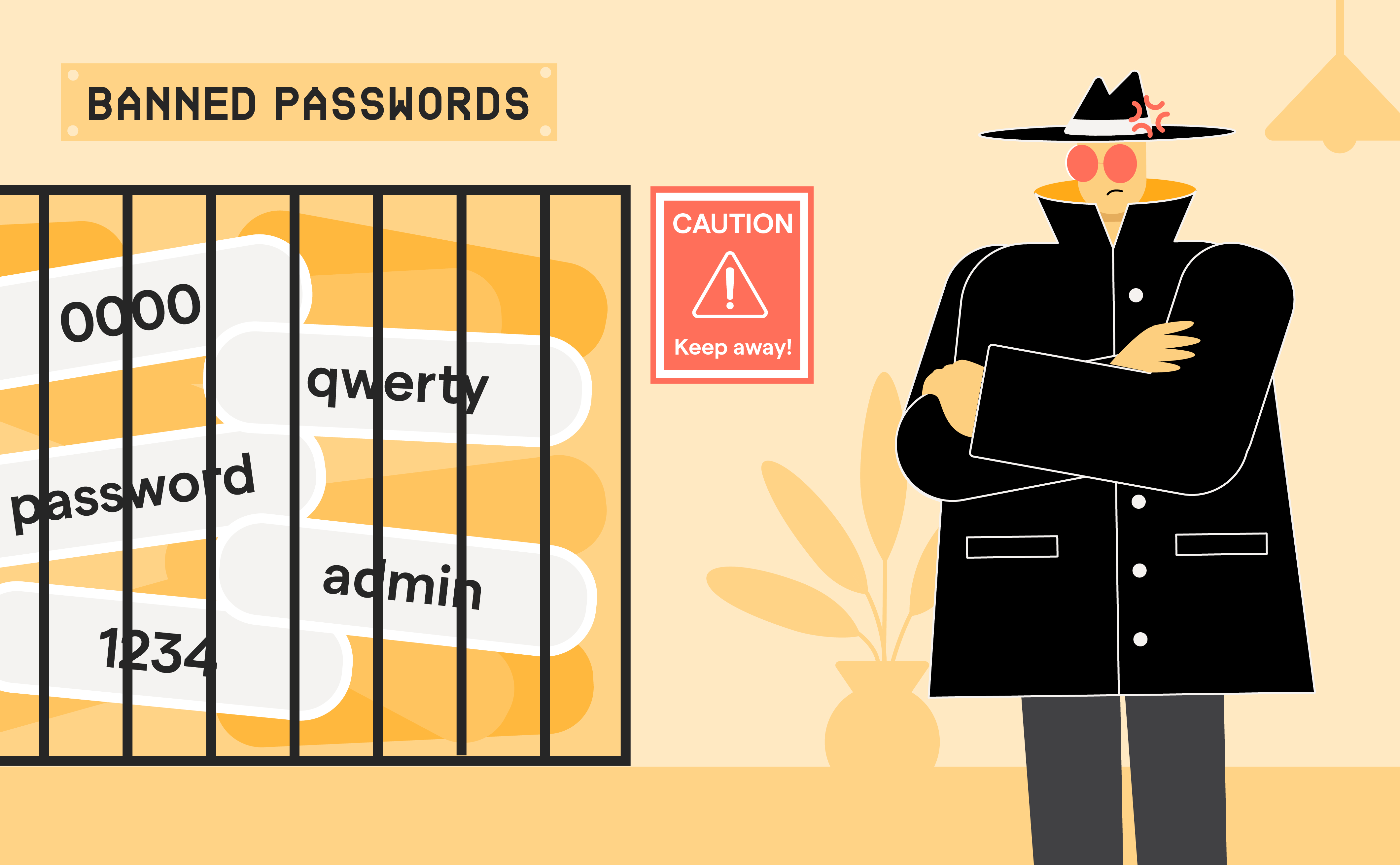
Quishing: When QR Codes Become Cyber Traps - Your Essential Guide to Protection
Mar 10

Experience OutThink
Picture this: you're at a restaurant, ready to view the menu. You scan the QR code on your table, but instead of seeing food options, you've just unknowingly given hackers access to your device. This scenario is becoming increasingly common as cybercriminals evolve their tactics with "quishing,"a deceptive cyberattack exploiting QR codes to trick unsuspecting victims.
Why Quishing Awareness Matters to you
Cybercriminals continuously adapt their tactics, and one of the latest phishing threats to emerge is quishing, the deceptive cyberattack that exploits QR codes to trick victims into revealing sensitive information. As businesses and individuals increasingly rely on QR codes for convenience, attackers are taking advantage of this trust to launch quishing attacks.
Whether you're scanning a QR code at a restaurant, parking meter, or from a work email, you could be just one scan away from a security breach. As we've integrated QR codes into our daily lives for convenience, cybercriminals have noticed - and they're capitalizing on our trust in these deceptively innocent black-and-white squares.
Quishing awareness and training are essential in safeguarding organizations against this rising threat. In this article, we’ll explore what quishing is, why it’s dangerous, and how organizations can protect themselves through effective security awareness training.
Defining Quishing
Quishing (QR code phishing) is a type of social engineering attack where cybercriminals embed malicious links within QR codes to deceive users into entering login credentials, downloading malware, or exposing sensitive data. Unlike traditional phishing emails, quishing bypasses common email security filters because QR codes themselves aren’t inherently suspicious.
How Quishing Works in Real Life
Imagine receiving an email that appears to be from your company's HR department with a QR code to "update your benefits information." The process looks harmless:
- You scan the QR code, thinking it's legitimate company business
- The code directs you to a professional-looking site that mimics your company's portal
- You enter your credentials, unknowingly handing them directly to attackers
On the Cybercriminal’s end, they generate a malicious QR code that links to a fake website or downloads malware.
- The QR code is distributed via phishing emails, printed materials, social media, or even posters in public places.
- Victims scan the QR code and unknowingly enter their credentials or download malware onto their device.
Because QR codes hide the actual URL, victims may not realize they are interacting with a malicious site until it’s too late.
Why Are Quishing Attacks Such a Threat?
Quishing attacks are becoming increasingly sophisticated and pose a significant risk to businesses and individuals. Here’s why they are so dangerous:
1. QR Codes Bypass Traditional Security Filters
Email security solutions typically scan text-based phishing links, but QR codes contain embedded links that security tools cannot easily analyze. This allows quishing emails to evade detection and reach users' inboxes unnoticed.
2. Increased Trust in QR Codes
With QR codes used for everything from payment transactions to restaurant menus, people have grown accustomed to scanning them without suspicion. Attackers exploit this trust and trick users into interacting with fraudulent or compromised sites.
3. Growing Use in Business Operations
Many organizations rely on QR codes for authentication, document access, and customer engagement. Attackers use quishing attacks to target employees and customers and cause data breaches, financial losses, and reputational damage.
Quishing awareness and training are critical to mitigating these risks. Employees need to recognize the warning signs and adopt safe scanning practices.
How to Recognize a Quishing Attack
Organizations must educate employees and users on red flags that indicate a possible quishing attack:
- QR codes received via unsolicited emails or messages requesting login credentials.
- Lack of branding or misspelled URLs on a scanned webpage.
- QR codes placed in suspicious locations, such as random posters or flyers in public spaces.
- Requests for sensitive information after scanning a QR code.
Encouraging users to inspect QR codes before scanning and to use trusted QR code scanner apps that preview the URL before opening can significantly reduce risk.
Protecting Yourself: How to Spot a Quishing Attack Before It's Too Late
Before you scan that next QR code, ask yourself these critical questions:
- Did this QR code arrive unexpectedly in my inbox?
- Is someone pressuring me to scan it quickly?
- Does the website it leads to look slightly "off" or ask for unusual information?
- Is the QR code placed somewhere anyone could have tampered with it?
Trust your instincts! If something feels wrong, it probably is.
Quishing QR Code Awareness & OutThink’s Free Quishing Generator
One of the most effective ways to combat quishing attacks is through simulated quishing exercises. OutThink’s online quishing generator exemplifies for organizations how quishing simulations can:
- Train employees by exposing them to realistic quishing scenarios.
- Assess employee vulnerability to quishing attacks.
- Provide real-time feedback to enhance security awareness.
By incorporating quishing QR code simulations, businesses can measure their workforce’s ability to identify and avoid quishing attacks, reinforcing strong cybersecurity habits.
Found Yourself Caught in a Quishing Trap? Here's Your Recovery Plan
Even the most security-conscious people can fall victim to increasingly sophisticated quishing attacks. If you suspect you’ve scanned a malicious QR code, don’t panic! Acting quickly can limit potential damage and protect your personal information.
The International Association of Financial Crimes Investigators (IAFCI) outlines the following critical steps:
- Secure Your Accounts
- If you entered account credentials, immediately change your passwords and enable multi-factor authentication (MFA).
- If the QR code led to a fraudulent financial or retail site, contact the institution to report the breach and close the account if necessary.
- Report Identity Theft
- If you entered personally identifiable information (PII), file an identity theft report with your local authorities and the Federal Trade Commission (FTC).
- Provide any details you have about the QR code location and the fraudulent website URL.
- Protect Your Credit
- Notify major credit bureaus and request a Credit Freeze to prevent unauthorized accounts from being opened in your name.
- Continue monitoring your existing accounts for suspicious activity.
- Check for Malware
- Android users: Run a malware scan using Google Play Protect or a reputable mobile security app.
- iPhone users: While iOS does not allow system-wide malware scanning, security tools can help detect phishing links and scam messages.
- Change Passwords & Update Security Settings
- After scanning for malware, reset passwords for any accounts accessed after interacting with the malicious QR code.
- Enable multi-factor authentication (MFA) on all important accounts to prevent unauthorized access.
Building Our Defenses: Creating a Quishing-Resistant Organization
Together, we can strengthen our organizational defenses against quishing attacks. Here's how we can protect our collective security:
1. Employee Training & Simulated Attacks
- Conduct regular security awareness sessions focused on quishing attack techniques.
- Use quishing QR code simulations to test employees in real-world attack scenarios.
- Teach employees to verify QR codes before scanning, especially in emails or unexpected locations.
2. Implement Technical Safeguards
- Use email security tools that detect and warn users about QR code-based threats.
- Enable multi-factor authentication (MFA) to reduce the impact of credential theft.
- Deploy trusted QR code scanners that display the destination URL before opening links.
3. Foster a Security-First Culture
- Encourage employees to report suspicious QR codes and phishing attempts.
- Establish clear incident response procedures for handling quishing-related security breaches.
- Continuously update training materials to reflect emerging attack trends.
Shaping a More Resilient Workforce Against Quishing Attacks
The rise of quishing attacks highlights the need for continuous cybersecurity education. By implementing quishing awareness and training, organizations can:
✔️ Reduce the risk of credential theft and malware infections.
✔️ Strengthen employee vigilance against evolving phishing tactics.
✔️ Safeguard company and customer data from cybercriminals.
Cybersecurity is a shared responsibility and security awareness training is the first line of defense.
Ask yourself: if a quishing attempt targeted your team right now, would they recognize it? Or would they scan first and regret later?
Don't wait for a security breach to find out. Strengthen your team's security awareness with OutThink's adaptive security awareness training and give your employees the tools to confidently identify and avoid QR code phishing scams before they become costly breaches.
Train your workforce to recognize and prevent QR code phishing scams.
Protect your data. Strengthen employee awareness. Stay ahead of cyber threats.
Your company’s data security journey begins with you. Take the first step today.


